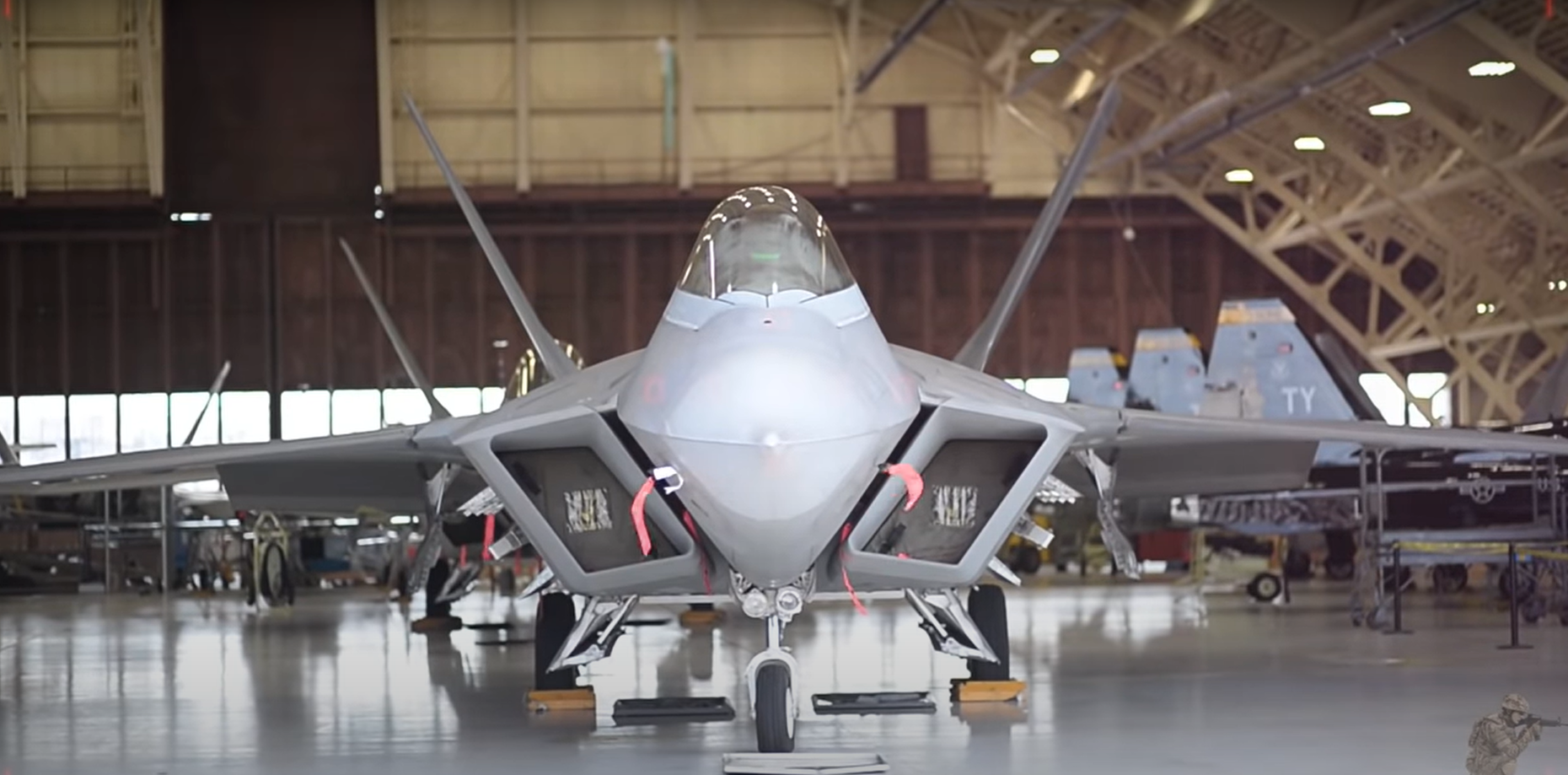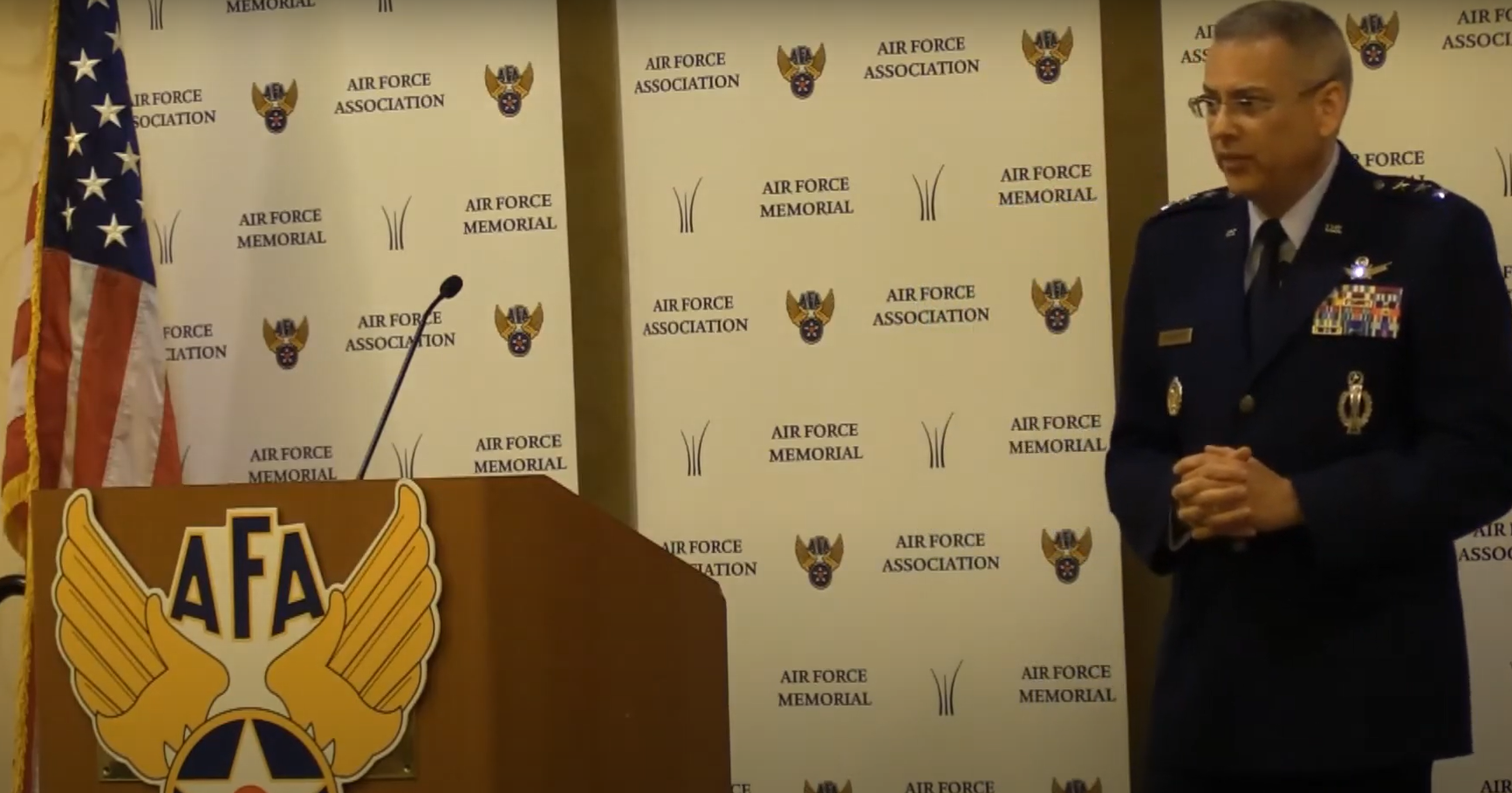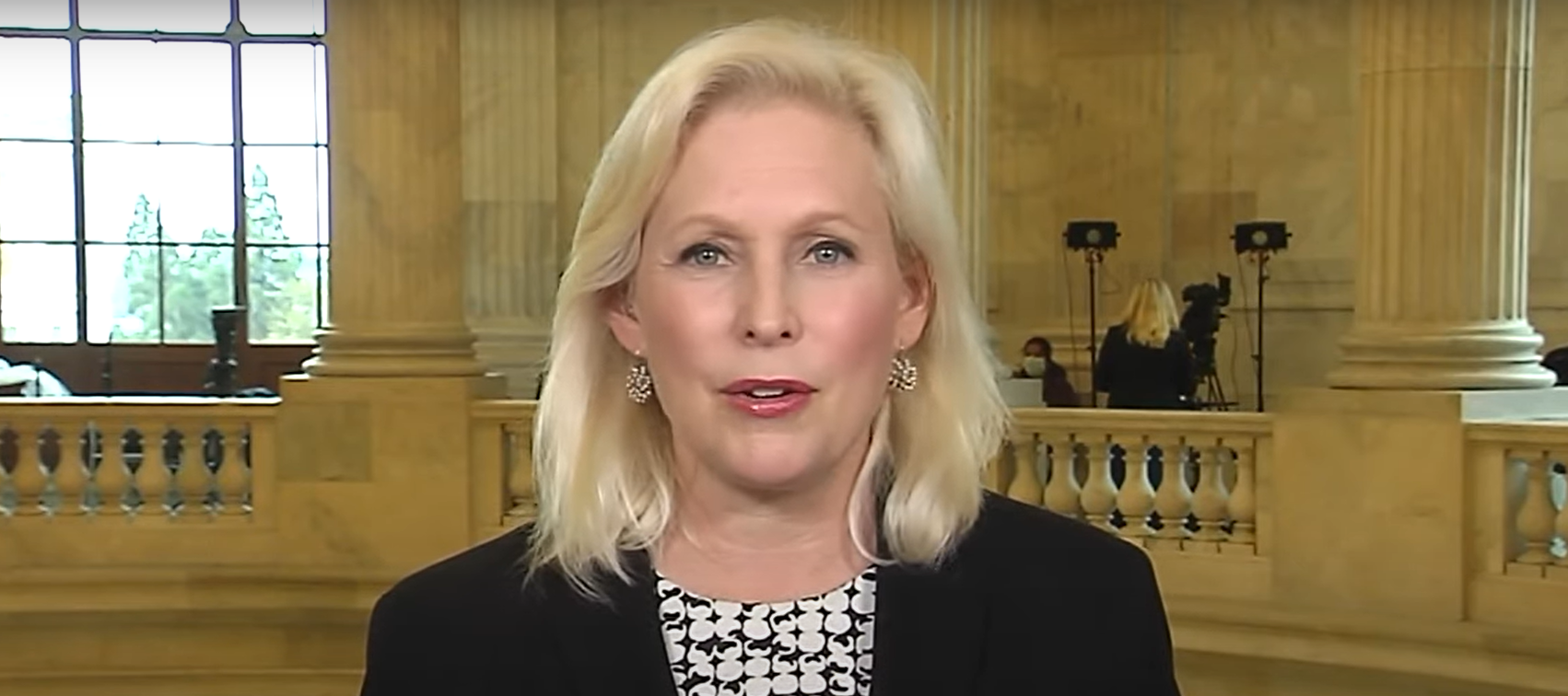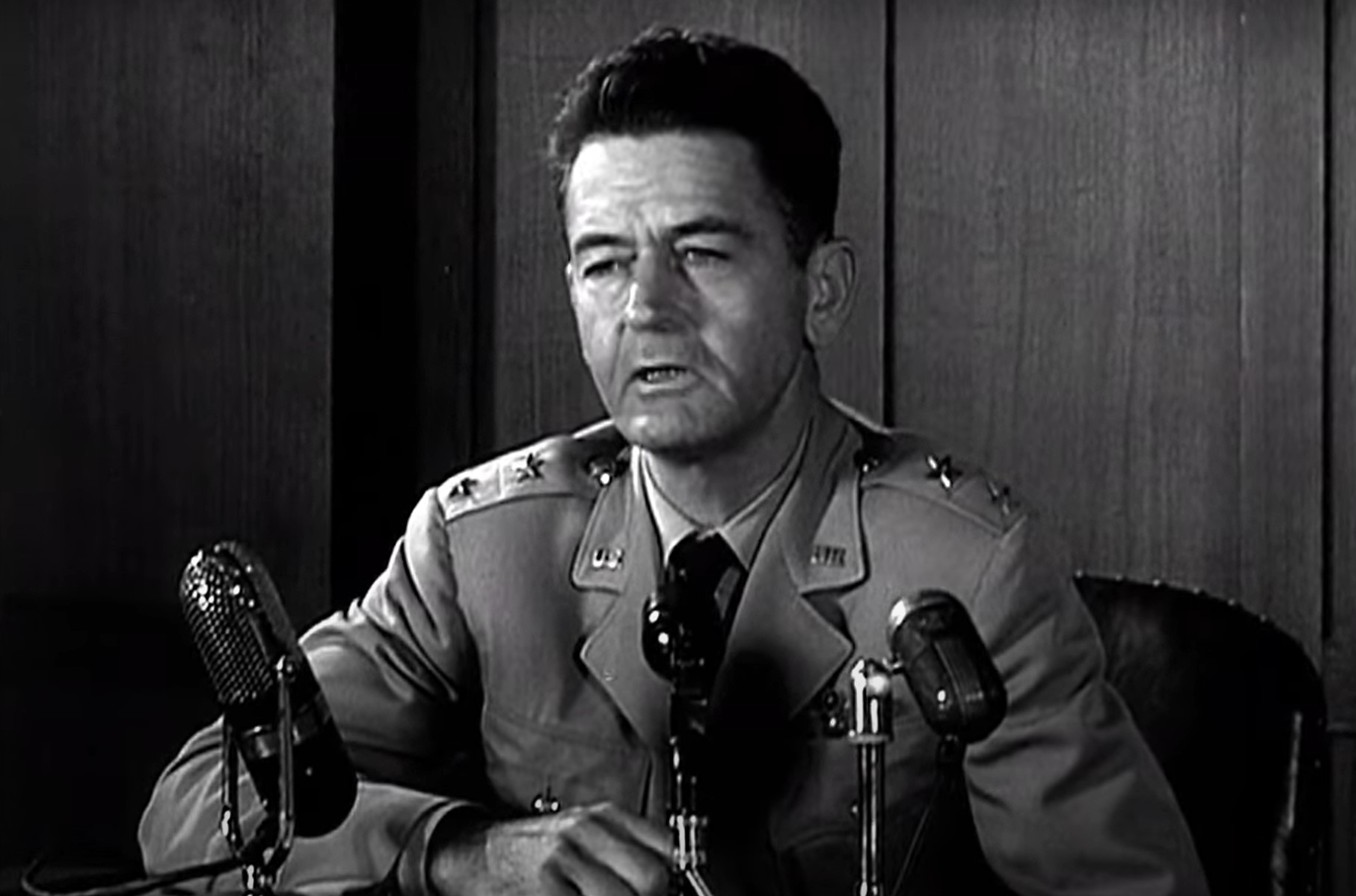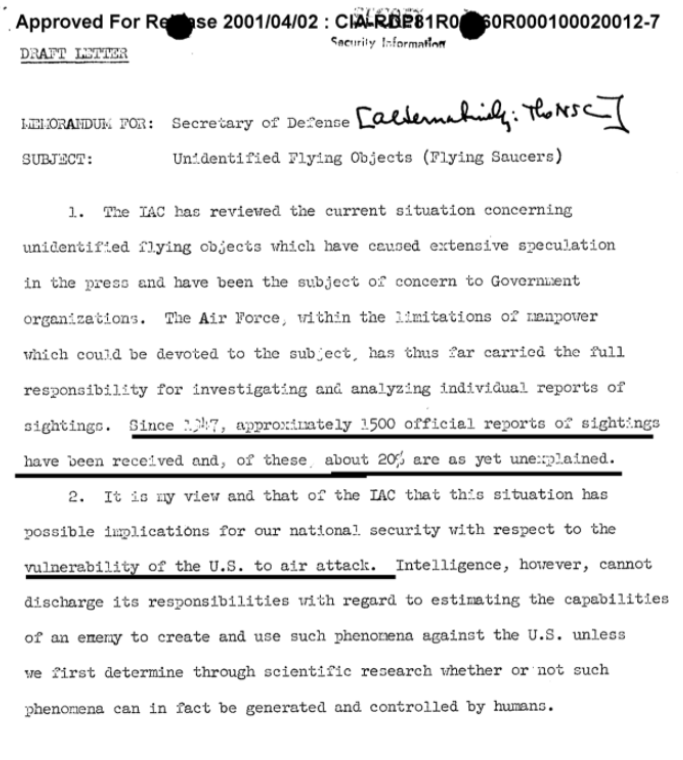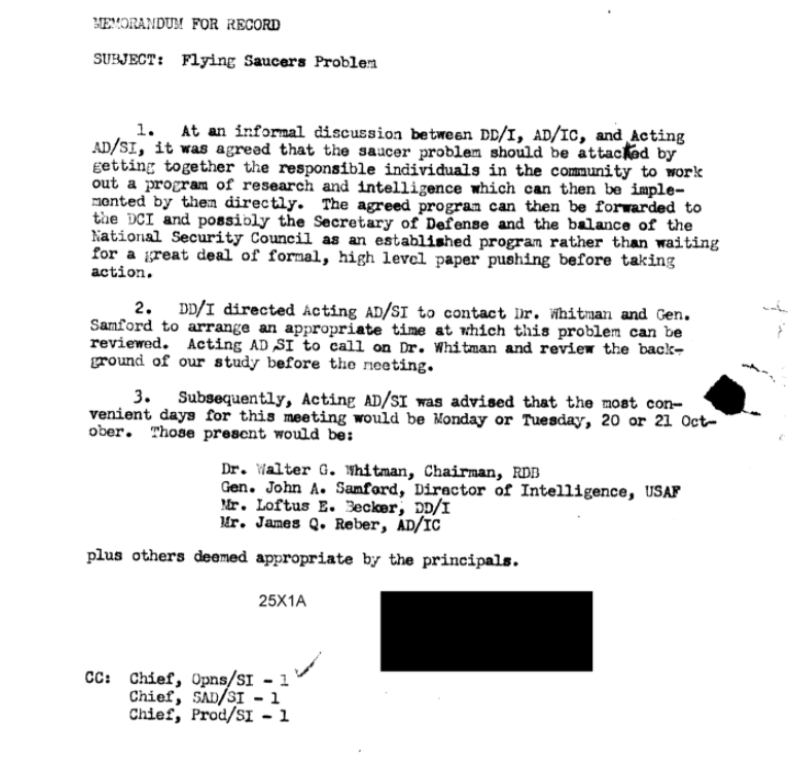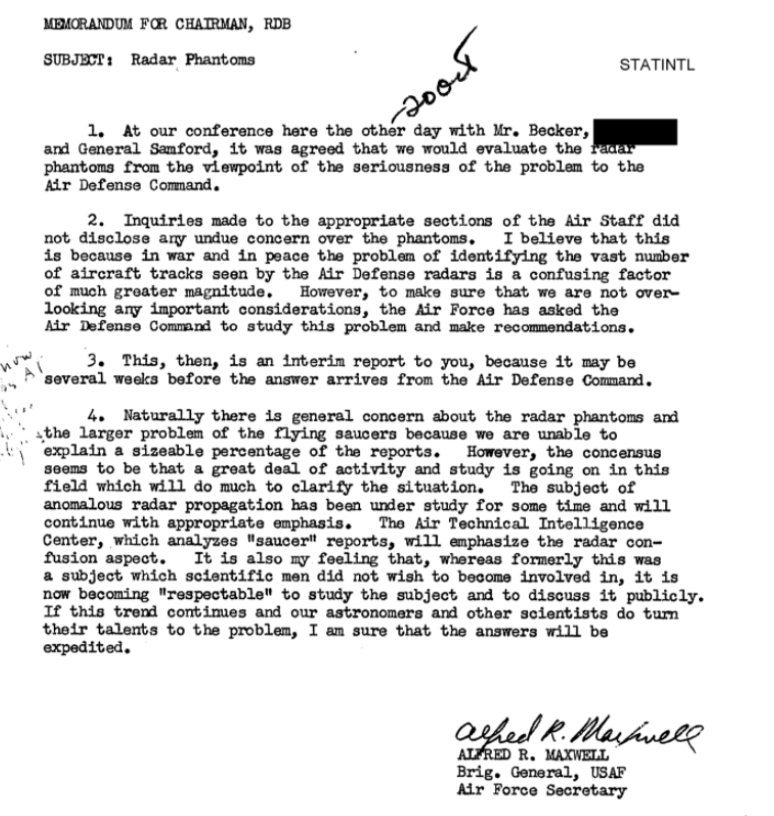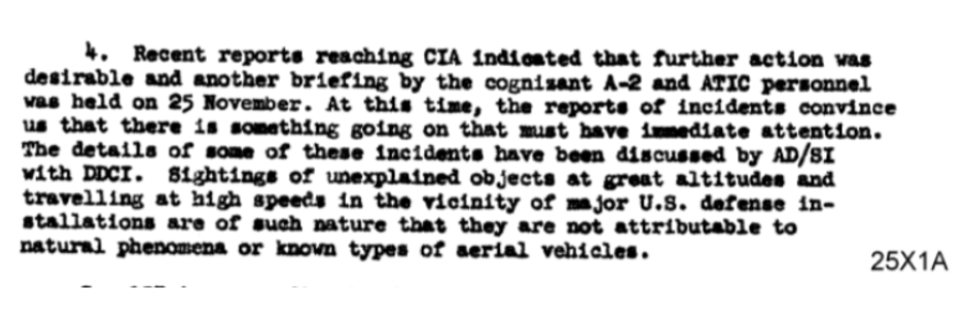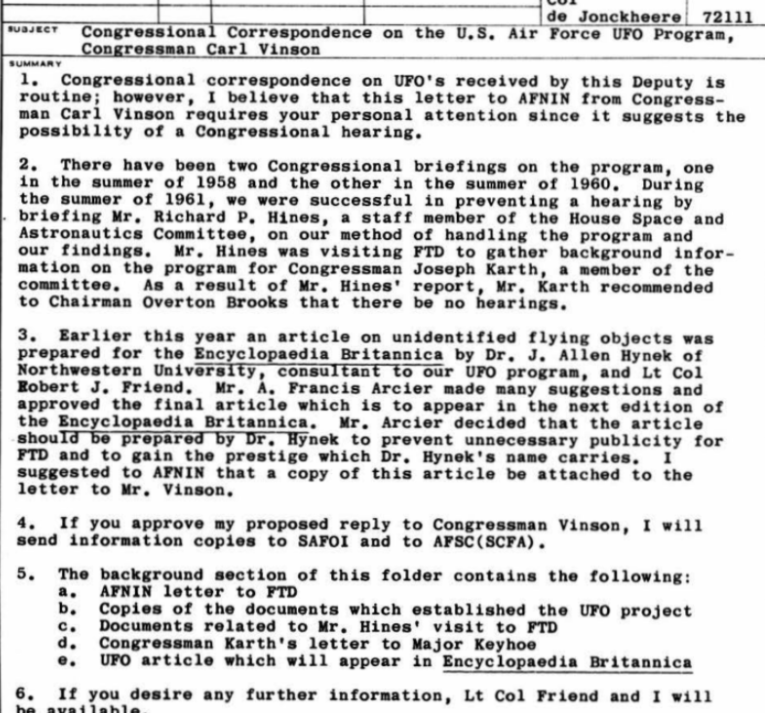UFOs And The USAF: Something Is Rotten And The Time To Talk Is Now
Written by Sean Raasch - 6 December 2021
Yes, it’s true - I am guilty.
I am indeed a history buff. I’ll be transparent with you on that….unlike the United States Air Force.
I spend much of my time learning about the earlier days of the Unidentified Aerial Phenomena (UAP) topic, starting from the 1940s.
It’s a blessing and a curse. But if I have taken one thing away from this, it’s that the United States Air Force (USAF) has totally failed the U.S. public, when it comes to transparency and honesty on the UAP topic.
And it’s not just the U.S. public thay’s been failed; it’s also our elected members, who we vote in to make key nation security decisions on our behalf.
But instead of being briefed on pertinent UAP security issues, representatives have faced obfuscation, deflection and denial for decades from the USAF.
That’s left key committees and portfolio holders, responsible for our national security, unable to properly address a hugely important problem that remains ongoing.
Our elected officials have instead been left in the dark. That lack of transparency may allow unelected officials to potentially cover their tracks, avoiding oversight and scrutiny.
That’s to the detriment of those we elect into power, who cannot effectively oversee the defense and security of the nation with blindfolds on.
Retired U.S. Air Force Official Suggests UAP Is NOT A Real Issue
So, it came as no surprise when I saw a retired USAF Lieutenant General, Jack Weinstein, play down the need for a new UAP office (as proposed within the NDAA 2022) in an excellent article recently published by The Debrief.
The excerpt from The Debrief reads as follows:
“[T]he issue surrounds the value of this office,” Weinstein told The Debrief.
“When we look at problems facing US national security, both internal and external, this amendment holds no value to protecting Americans.”
“Internal to DoD, removing extremists from the ranks [and] eliminating sexual assaults is vastly more important than ASRO,” Weinstein said.
“Moreover, cyber threats against this nation, the fracturing of our democracy, politicizing the health of Americans, Russian buildup on the Ukrainian border, [and] Chinese nuclear buildup, are much more important than this office and amendment.”
“Finally, not passing a budget is damaging our national security,” Weinstein said.
“Let’s focus on real threats facing our nation not this issue.”
Why Weinstein Is Wrong
In my humble opinion, ASRO (or ASTRO), which stands for Anomaly, Surveillance, Tracking and Resolution Office, is hugely important to the defence of the USA.
In fact, UAP could represent an existential threat to our nation - we simply do not know.
If Weinstein had his way, we and our elected officials may never know, perhaps until it’s too late.
Who is Weinstein to suggest UAP doesn’t represent a potential real threat? The evidence suggests otherwise:
Firstly, how do we know UAP is not a threat? Especially when June’s UAP Task Force report (UAPTF) could only identify 1 of 144 reported sightings - this includes ‘Range Foulers’ that interrupt U.S. Naval Aviators - for all we know, this could represent Russian or Chinese technology penetrating our most sensitive air spaces
In the UAPTF report, UAP appeared to exhibit unusual flight characteristics - so, if this is Russian or Chinese, then they may have leap-frogged current U.S. tech - no nothing to worry about here….
Lue Elizondo (Former Head of AATIP), says naval warships are having to keep their crews below deck due to UAP activity…maybe Weinstein should have a conversation with these naval commanders
U.S. service members have suffered physiological effects from the phenomena - ASTRO, would address this issue and not bury the problem, which would leave brave veterans to suffer alone, let down by the very institutions they served with such dedication
UAPs have reportedly interfered with nuclear weapons systems - again, whether Chinese, Russian or non-human, this is a humongous security breach that jeopardizes national and global security.
Luckily, Congress won’t fall for such baloney.
The argument made by Weinstein is deflection and based on a fallacy. It is not grounded in reality. One wonders if he even read the UAPTF report.
Arguments (similar to Weinstein’s) may also be seen as offensive to Senator Gillibrand, who has played a huge part in drafting the ASTRO text. Gillibrand has done so much in her career to address sexual assault, especially in the U.S. military. Why can’t both issues be a priority?
Establishing ASTRO will not take attention away from sexual assault and other pressing issues, which I agree, must be addressed.
Note - the Department of Defense Safe Helpline details, for those affected by sexual assault, can be found here.
And with £738 billion to spend, many issues can be addressed and prioritised, along with all the other pertinent threats faced by the Pentagon. The U.S. military has the capability to engage in various issues simultaneously, given its immense resources. Downplaying such capability may be misleading.
Let’s not forget, in the 1940s, the U.S fought a world war on multiple fronts, and as the world’s dominant military superpower, it still maintains such capabilities.
It is my opinion that brushing aside the importance of a UAP Office, as proposed by Gillibrand (and Senator Rubio), is dangerous. Yes, there are other pressing issues today, but UAP (in the face of China’s growing capabilities) can no longer be brushed aside - in fact it may even reflect Chinese technology in some instances.
Instead of solely firefighting today’s issues, the U.S. must plan for the future. If not already, tomorrow’s China may be able to mimic UAP technology. Long-term thinking is needed - which is the approach actually taken by China.
The ways of the past are long gone. The world has changed, and the USAF should take note.
In fact (and on a side note) perhaps the time has come for China and the U.S. to address the issue together - if in fact UAP reflects non-human.
With new hypersonic and space technologies emerging, UAP could easily be mistaken as a first strike.
If arguments, similar to that of Weinstein’s, are being made behind the scenes, they must be strongly countered.
Irrespective of the level of threat posed by UAP, the potential of the technology that accompanies the phenomenon needs to be studied in a transparent scientific way given the real threats climate change and global inequality pose.
For too long, the USAF has tried to ignore the issue. Ignorance is bliss. But the USAF (and Pentagon as a whole) can no longer avoid Congressional and public oversight and scrutiny.
The issue must be addressed now.
Let’s be clear, no one from the USAF, retired or current, should be in a position to lecture democratically elected leaders on this topic. For too long it has been part of the problem. Now it must evolve and become part of the solution.
Let’s take a little history lesson.
The USAF And Its Historic Failures On UAP
It’s history time.
Relax and pour yourself a glass of wine, before we dissect some of the USAF greatest hits - or greatest failures.
The following examples represent similar problems we face today and the disingenuous tactics of the USAF.
Number One - 20% Of UAP Sightings Left Unexplained
Below is a letter (thought to be from the 1950s) to the Secretary of Defense from the Intelligence Advisory Committee (IAC), otherwise known as the Intelligence Advisory Board.
The letter firstly shows that 20% of 1500 sightings since 1947 were unexplained, that’s 300 unexplained sightings.
What’s more, UFOs are described as posing implications for U.S. national security, with respect to “the vulnerability of the U.S. to air attack.”
It also shows the IAC believed that the phenomenon was real.
But take a look at the final sentence. It states (I’m paraphrasing here) that the intel community cannot estimate the capabilities of an enemy to use UFO tech against the U.S. until further scientific research is conducted, to find whether UFOs are controlled by humans or not.
It’s been 70 years since the letter was written. The Air Force, from looking at the letter was taking the lead back then.
Now, let’s travel forwards to the Gillibrand-Rubio Amendment to the NDAA 2022 - and again, scientific research is being proposed to find the origin of UFOs/UAPs.
That’s all because nothing was done all those years ago. If we are to believe subsequent studies, such as Project Blue Book, the USAF simply gave up, as some cases were left unexplained.
The difference this time is the fact that China and maybe even Russia are on the verge of major scientific breakthroughs. Just recently, the U.S. admitted that one Chinese breakthrough seems to defy physics.
The possibly non-human or natural UAP (which may pose no threat) might soon be replaced by earthly adversaries mimicking similar technology.
The U.S. simply cannot brush aside unexplained cases. And such cases may no longer be the minority; after all, the UAPTF report could not explain 143 of 144 cases.
Number Two - UFOs / UAP Observed Visually & On Radar
In the 2004 tic tac incident, the object was seen both by radar and visually.
This is old news though.
The below 1952 letter from an Air Force Colonel to the Commanding General of Air Defense Command, shows that radar and visual sightings had occurred many times.
That doesn’t sound like swamp gas or any other natural occurrence, that had been used to brush aside UAP sightings.
Neither China (which experienced a famine in that decade) nor even Russia, possessed drone or flying saucer technology.
The Colonel asked whether radar operators may have rejected radar responses and not reported ‘flying saucers’.
Now, ‘reporting of UAP’ is the very issue Congress is tackling currently. Although the U.S. Navy is now reporting incidents, the USAF has been slow to get its act together.
The below letter shows that questions regarding reporting of such incidents were figuratively on the USAF ‘radar’ back in the 1950s.
Despite this, the USAF, up to this day, seems to possess no apparent reporting mechanism for UAP.
Number Three - By-passing Elected Officials
Recently, the Pentagon and Biden Administration officials established a new (unpronounceable) UAP Office, which seemed to undermine a proposed and superior version by Congress.
The USAF memo (below) is from the 1950s. It shows that circumventing elected members (and in this case White House officials) is nothing new.
In this case, a UAP research and intelligence program was established without consultation with the Secretary of Defense and National Security Council, let alone Congress. According to the memo, only once established would the USAF forward details of the “agreed program” to public officials.
This was done deliberately (just look at the memo) and it’s uncertain what oversight or scrutiny this program had.
This behaviour is similar to what we are seeing today, but this time it is supported by the administration.
If people like Jack Weinstein win the argument, Congress may very well be evaded for another 70 years, although that may be unlikely due to the momentum which now exists within and outside the U.S. government.
Number Four - A Failure To Bring Science On Board
The below memo was written in 1952. It shows the USAF struggling to explain ‘radar phantoms’ and UFOs.
However, its author Alfred Maxwell, USAF Secretary, shows hopes that the scientific community can get involved to help solve this mystery.
Sadly, that didn’t happen, in open academia at least.
The USAF did indeed bring the scientific community into the mix to help investigate the phenomena with Project Blue Book. However, J. Allen Hynek, the scientist advising Project Blue Book, later mockingly described the study as the "Society for the Explanation of the Uninvestigated".
With baffling explanations given to UAP sightings, including swamp gas, which Hynek would later regret, Blue Book suggested the USAF was never serious about (at least publicly) engaging with the scientific community.
Not until the Gillibrand-Rubio amendment, has there been any serious proposal to harness the scientific community to help solve phenomena that seem unexplained to this day.
If exotic physics and technologies are exhibited, then much time has been lost in understanding and ascertaining capabilities that could solve climate change and improve humanity.
Number Five - Inability To Secure U.S. Defense Installations
Take a trip back to June this year. Think specifically of the memo circulated by U.S. Deputy Secretary for Defense, Kathleen Hicks - you can read it here. It followed the UAPTF report, which highlighted challenges associated with UAP.
Pay attention to this passage:
“A recent report from the Office of the Director of National Intelligence (ODNI) highlights the current challenges associated with assessing Unidentified Aerial Phenomena (UAP) occurring on or near DoD training ranges and installations. It is critical that the United States maintain operations security and safety at DoD ranges.”
But did you know that this same issue was identified in the 1950s?
Take a look at the below 1952 memo from the Assistant Director for Scientific Intelligence to the Director of National Intelligence.
It notes that the sightings of objects in the vicinity of U.S. defense installations are not attributable to natural phenomena or known types of aerial vehicles.
Now we’re left with the same situation in 2021. How on Earth has it taken the USAF so long to get on top of this problem, if indeed this has been a constant occurrence since the 1950s?
How can we possibly trust any new UAP Office in the Pentagon if it has no Congressional oversight and scrutiny to ensure action is taken.
Will we simply spend the next 70 years hoping these things won’t attack?
Number Six - Disingenuous Tactics To Avoid Hearings
The below is a proposed USAF response (dated 1963) regarding correspondence with a U.S. Congressman, who may want Congressional hearings regarding UAP.
To thwart the Congressman’s interest, the author suggests preparing an article for the politician, prepared by J. Allen Hynek of Project Blue Book. From our understanding, the USAF official which prepared the recommended response suggested using Hynek to allay any concerns and thwart hearings.
In hindsight, this is a disingenuous tactic, as we now know that Hynek was scathing of Project Blue Book.
Knowing what we do now, the USAF wanted to thwart a Congressional hearing by using Hynek, who himself later became open-minded about UAP, and very critical of the USAF handling of the topic.
Let’s move forward to July 2021. Congressman André Carson seemingly wanted Congressional Hearings on the topic of UAP.
It is unknown whether Carson is still interested and nothing suggests hearings are imminent.
However, if Congress was to consider hearings, perhaps we should expect further disingenuous tactics from the Pentagon and USAF in particular.
Lessons Not Learned?
The USAF has a history of evading both public and Congressional oversight and scrutiny on the topic of UAP.
In terms of the associated issues that are now arising, not much has changed when we look back in history: U.S. defense installations are not secured and the Pentagon has tried to circumvent Congress.
However, this time it is different: adversarial nations have started to leapfrog U.S. technology, especially with new Chinese hypersonic weapons.
Whatever UAP represented in the 1950s may represent Chinese or Russian technology now, or in the future.
The USAF can no longer afford to ignore this issue.
We have all heard the saying “fool me once shame on you, fool me twice”; well we can see here that USAF fooled us many times 70 years ago, have probably done so countless times in between, and is looking to do so again.
So the shame is definitely on us. But how much more shame does this persistent pattern of apparent deception place on USAF?
70 years of this should be long enough for any reasonable person to say, “it’s time to bring somebody else in, who can be trusted and who is not afraid to act because of past sins”.
Senator Gillibrand and other lawmakers have provided the key in the form of ASTRO, if passed. It’s now up to us (the voters), to insist ASTRO is passed within NDAA 2022 and then used to open the door.
USAF officials (former or active) are fooling no one. Trying to downplay the importance of the topic will no longer work. And politicians can see straight through it.
From an outsiders’ perspective, the USAF is either purely ignorant and has given up on solving the problem or it is hiding something, something rotten.
Rotten food can only stay in the fridge for too long though. Now it’s time to come clean. Otherwise, the security implications could be very bad.

